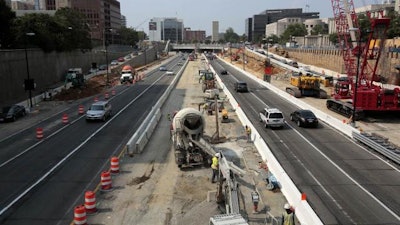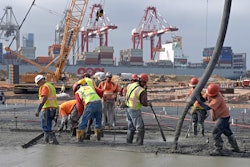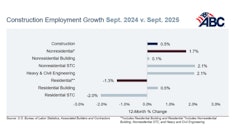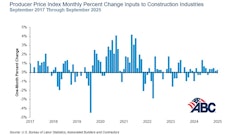
Momentum is building for the first overhaul of the nation’s convoluted tax code since the Tax Reform Act of 1986. With Republicans in control of Congress and the Trump administration eager to sign legislation providing tax relief for Americans, we’re approaching a unique moment of time where the impossible may be possible.
Signatory contractors — comprising thousands of businesses providing middle-class salaries, health-care benefits and pensions for over one million employees across the country — understand what some of the major components should entail and how infrastructure investment through smart tax policy can grow our economy for decades.
Construction firms are in a unique position to understand the real-world effects of tax reform for businesses, their employees and the families that depend on the blue-collar jobs that built America’s middle class.
The tax code is a reflection of our country’s values. Construction firms value hard work, quality, innovation and support for our employees and their families, which Congress can incentivize through tax reform.
While lowering the corporate tax rate is critical to the success of the tax reform effort, there are many tax incentives in the code that must be maintained to ensure continued success of family-owned businesses. The current tax rate of 35 percent must be reduced to allow U.S. firms to compete with foreign competitors.
The code should also promote voluntary and mandatory investment in infrastructure. The country currently needs about $4 trillion in infrastructure investment, and President Trump has committed to $1 trillion over 10 years, though details remain sparse.
Therefore, it seems prudent to maintain and expand tax provisions that incentivize infrastructure projects from coast to coast.
Repatriation of overseas earnings could return $2 trillion in capital currently locked in overseas accounts, and a portion of repatriated funds should be dedicated to infrastructure needs, either by mandate or through favorable tax treatment.
This capital could launch a huge wave of financing for buildings and infrastructure. With less direct spending available from the U.S. Treasury for investing in roads, buildings, infrastructure, power systems and the like, cities, counties and states are providing the majority of infrastructure investments through the issuance of hundreds of billions of dollars in tax-exempt municipal bonds.
Read more from The Hill.



















